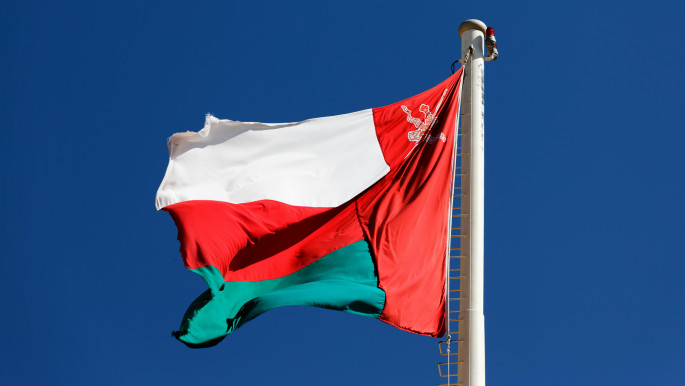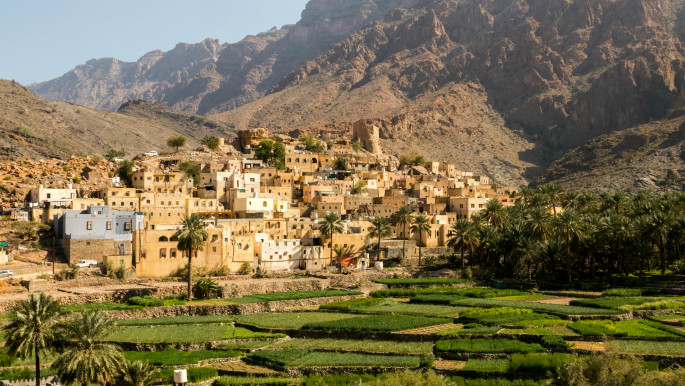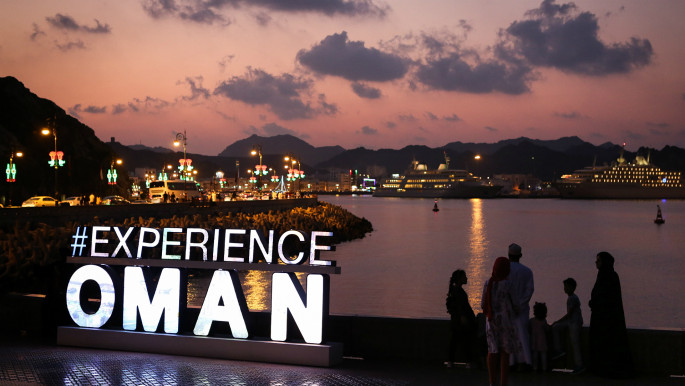What other oil rich states can learn from Oman?
Revising the previous forecast of 4.1 percent, the Fund expects Doha's economy to leap ahead a further 1.9 percent in the next few months.
However, the Fund presented a negative forecast for most of the Middle East and North Africa (MENA) region in its bi-annual World Economic Outlook report. Drastically slashing the growth forecast for the MENA region, the global lender expected a rise of just 2.5 percent in 2019.
Apparently, US sanctions on Iran created unusual circumstances that inflated energy costs, while fluctuating oil prices have impacted the region's economic growth negatively.
Therefore, the Fund has warned the MENA region that, "Such uncertainty may increase investors' perception of risk for the whole region, leading to capital outflows and exchange rate pressure."
 |
|
| Read also: Vision 2040: Oman's ambitious strategy towards a post-oil economy |
At a time when most Middle Eastern countries face an uncertain future due to fluctuating oil prices, Oman is shining. Although its economic conditions were totally different just a few years ago, the Sultanate has somehow managed to turn the situation around.
So how did this happen?
In 2014 when the oil prices became erratic, Muscat's economy was already running in deficit, fuel subsidies were slashed and at times, it even had to depend on credit facilities extended by larger GCC members like Saudi Arabia and UAE.
Making things worse, the Sultanate also had the lowest fossil fuel reserves in the region, while its oil and gas supplies were only just enough to last another 14 and 27 years respectively. It was around this time that Oman enforced austerity measures.
Unable to rely too heavily on hydrocarbons, Oman had to make a rapid economic transition and find new sources of revenue.
Depending on the GCC was not a viable long-term strategy anymore, and in any case, Muscat had the lowest GDP per capita in the Arab world.
 |
Depending on the GCC was not a viable long-term strategy anymore, and in any case, Muscat had the lowest GDP per capita in the Arab world |  |
First, diversification was implemented under Oman's state policy Vision 2040 and five strategic sectors were identified; tourism, fisheries, mining, logistics and manufacturing.
Alongside, free industrial zones were established with the help of foreign investment. Taking measures to "future-proof" the national economy, the main objectives were to achieve six percent GDP growth, with 93 percent of it derived from non-oil sectors.
Second, one of the main factors working in Muscat's favour have been its well-located ports.
As part of its Vision 2040 objectives, Oman turned its three main ports of Duqm, Salalah and Sohar into regional maritime hubs to leverage its excellent strategic location.
Lying at the crossroads of the Indian Ocean and the Arabian Sea, another useful economic advantage is Duqm's location as it offers an alternate route to the Strait of Hormuz.
 |
|
| Read also: A green future: Oman blazes a trail for environmentalism in the Arab world |
In case of any frictions in the region, trade and shipping companies can continue their operations from this port without any hindrance.
Thirdly, the timing of China's Belt and Road Initiative (BRI) coincided with the initiation of Oman's new economic policy and its plans for the transformation of Duqm port.
In addition, a special economic zone was established, the China-Oman Industrial Park in Duqm constitutes 35 projects at the cost of nearly $10.7 billion. Focusing on acquiring maximum foreign investment, Muscat resolved its budget deficit problems.
Having a neutral foreign policy helped in bringing more investors. Resolving to stay away from intra-GCC conflicts or geopolitical rivalries, Oman adopted a balanced and accommodating stance which enables it to be on excellent terms with countries like China, the US, India and even Japan.
Fourth, increasing its business potential, Muscat's tourism sector is projected to generate additional 50,000 employment opportunities in the next ten years, according to a World Travel and Tourism Council research report.
As the travel sector happens to account for 10.4 percent of global GDP and provides 10 percent of employment globally, this is no small achievement.
Finally, Oman adopted a modern approach as digitisation and technological innovation are transforming the global economy.
 |
Unemployed youth, uncertainty of oil income and the growing demand to reduce fossil fuels due to imminent climate change make it absolutely essential for Middle Eastern economies to diversify |  |
Prioritising high-skills education and training, it has been hosting a series of summits and forums to enter the mainstream and prepare for the fourth industrial revolution.
Organising the Vision 2040 2019 conference on a massive scale, followed by COMEX where agreements were signed between Microsoft and local technological companies, Oman is keeping up with the latest developments.
 |
|
| Read also: 'Arabian Peninsula's hidden jewel': Oman's ambitions to cash in on tourism |
Planning the MENA Innovation Summit 2019 in Muscat this September, further opportunities are being provided for innovators and entrepreneurs in the information and communications technology (ICT) sector to establish contacts with global investors.
It is events like these that help in implementing economic diversification and modernisation and other oil-based economies could adopt the same approach to their benefit.
On the whole, UAE, Qatar and Oman have had better success in achieving economic diversification than other Middle Eastern countries.
Regional economies cannot be sustainable unless they diversify, new economic sectors are required to withstand sudden market shocks due to falling oil prices. Implementing new policies at the earliest is crucial for the entire MENA region to decrease its vulnerability.
According to a research report from the Peterson Institute for International Economics, unemployed youth, uncertainty of oil income and the growing demand to reduce fossil fuels due to imminent climate change make it absolutely essential for Middle Eastern economies to diversify.
Especially as oil prices could plunge in the event of Iran, Venezuela and Libya resuming oil production, the Arab world needs to be proactive.
Even though the Middle East holds almost half of the global reserves of hydrocarbons, relying solely on these as a source of revenue can be rather risky these days.
An abundance of fossil fuels is not enough for long-term economic stability, of this fact Venezuela is a glaring example.
Nowadays, it is the market, not the product which is the formula for success.
Sabena Siddiqui is a foreign affairs journalist, lawyer and geopolitical analyst specialising in modern China, the Belt and Road Initiative, Middle East and South Asia.
Follow her on Twitter: @sabena_siddiqi



